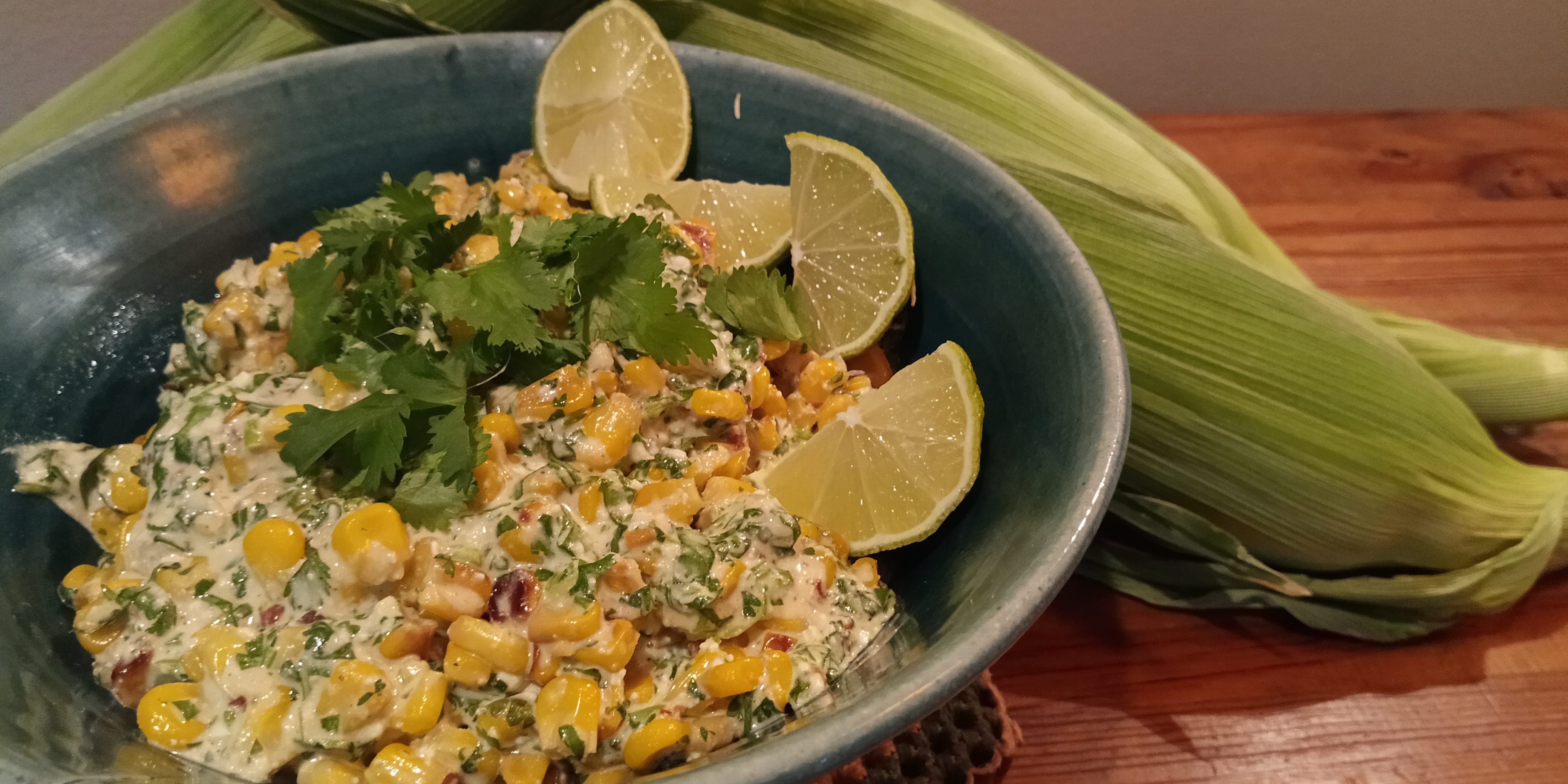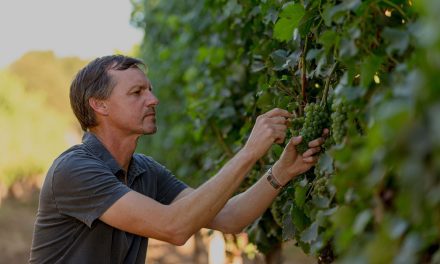By Laurie Jervis
Contributing Writer
The wine industry in Santa Barbara County and beyond is expected to rebound once the COVID-19 pandemic’s restrictions on tasting are lifted and consumers can once again mingle in groups, according to a new report.
Silicon Valley Bank on Wednesday released its annual “State of the Wine Industry Report,” which assesses the California and national wine industry and offers a forecast for the new year based on economic and behavioral trends.
Rob McMillan, executive vice president and founder of SVB’s Wine Division and author of the report, paired its release with a videocast Wednesday morning. McMillan moderated a panel that included Amy Hoopes, president of Wente Family Estates; Devin Joshua, managing director of Merryvale Vineyards; Erik McLaughlin, CEO of Metis; and Paul Mabray, CEO of Pix.wine.
McMillan welcomed videocast participants from around the globe by noting that “people do want their wine” even during COVID-19-induced restrictions. He likened early pandemic toilet paper sales with those of wine — consumers didn’t necessarily need more toilet paper; they simply wanted to be sure of an ample supply.
“The year 2021 will be a year of two phases for the wine industry: the continuation of a COVID-restricted mode during the first part of the year, followed by a gradual reopening of businesses and a resurgence in hospitality, travel and entertainment made possible by the success of widespread vaccinations,” McMillan said.

Currently, we are limited by the lack of vaccines, which he calls “the gate” consumers must jump before life returns to any sense of “normal.”
The panelists agreed that the pandemic hit hardest on direct-to-consumer (DTC) and tasting room sales. Wineries that enabled or boosted online sales were able to retain wine club members and remain relatively stable.
In 2020, “we saw an acceleration in e-commerce, which displayed 10 years worth of growth during a three-month period,” Hoopes said. “The onus is on wineries to continue that trend.”
The report predicts that wine retailers with “existing e-commerce strategies will have a strong 2021. Further, online sales could represent 20% of an average winery’s sales within five years.”
Another panel consensus was the need for wineries to migrate customers’ data to strengthen businesses relationships, especially with wine club members.
“Data has lots of return investment for wineries,” Mabray noted, adding that “retention is the new acquisition (of club members).”
Sales to wine club members — regularly viewed by small and large wineries as their “bread and butter” — boosted sales during the pandemic.
“We got through 2020 because of consumer loyalty,” said McLaughlin, who is based in the Northwest.
Washington, and especially Oregon, suffered grape crop losses or damage because of wildland fires and smoke.
“Washington saw its smallest crop in 10 years,” McLaughlin said. “I cannot imagine a worse year to be an Oregon or Washington grape grower.” In California, Lake, Mendocino, Napa and Sonoma counties, growers suffered similar fates.
That said, lower yields helped level out 2020, which opened with a glut of grapes, and viticulturists watched the excess melt away by year’s end.
The SVB forecasts that California will have crushed 3.3 million tons last year — the smallest harvest since 2011. However, a large harvest in 2021 could return the state’s industry to a position of oversupply once again, McMillan said.
Restaurants that survived the pandemic will require investment for new revenue-generating strategies. Wines sold through restaurants will not recover to pre-COVID-19 levels in 2021, nor for many years.
Founded in 1994, SVB’s Wine Division offers financial services and strategic advice to premium vineyards and wineries. With one of the largest banking teams in the country dedicated to the wine industry, SVB’s Wine Division has offices in Napa, Sonoma and Portland, and primarily serves clients in the fine-wine producing regions along the West Coast of the United States. Go to https://www.svb.com/industry-solutions/premium-wine-banking for more information.
Laurie Jervis tweets at @lauriejervis and can be reached via winecountrywriter@gmail.com.






